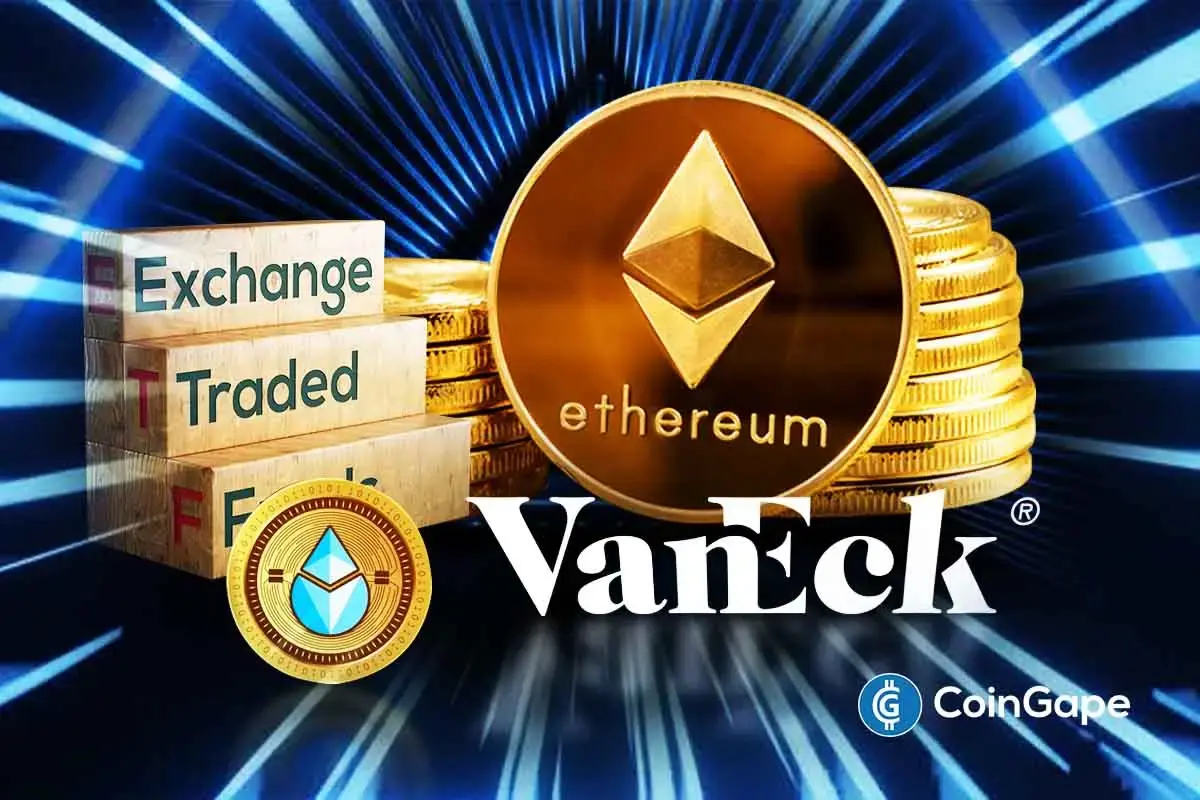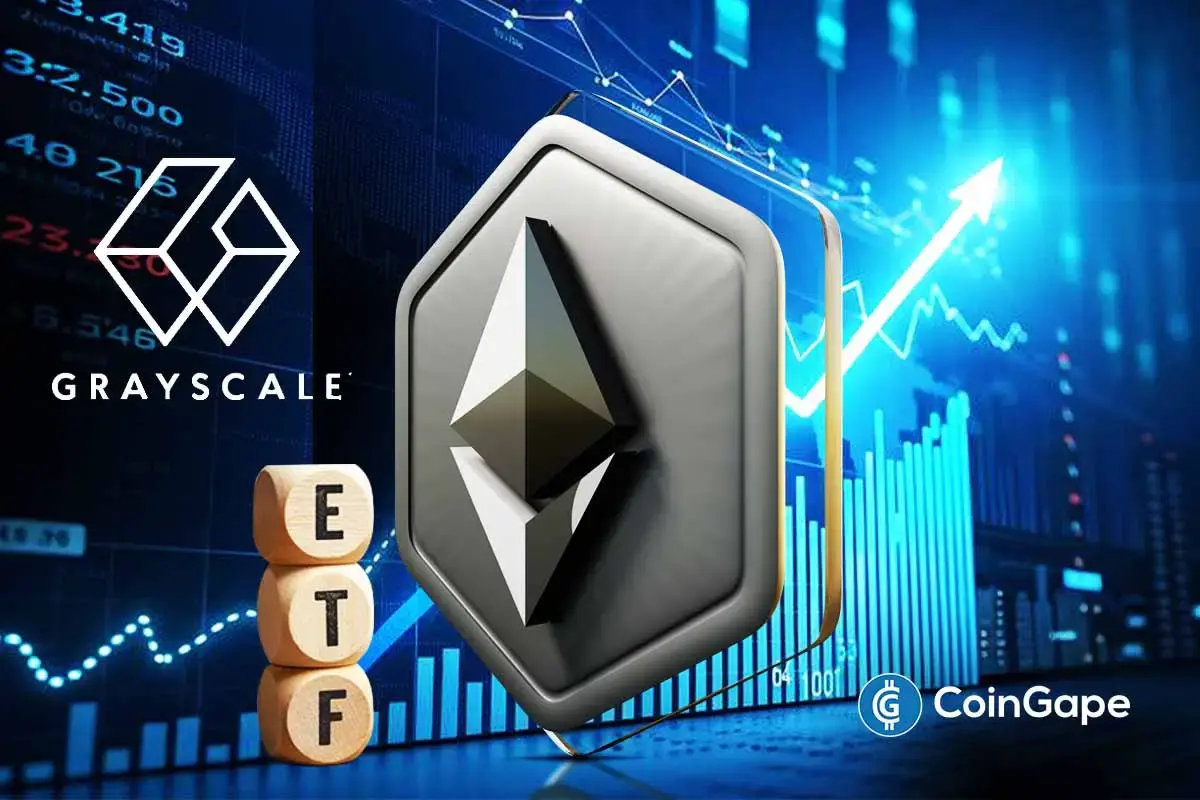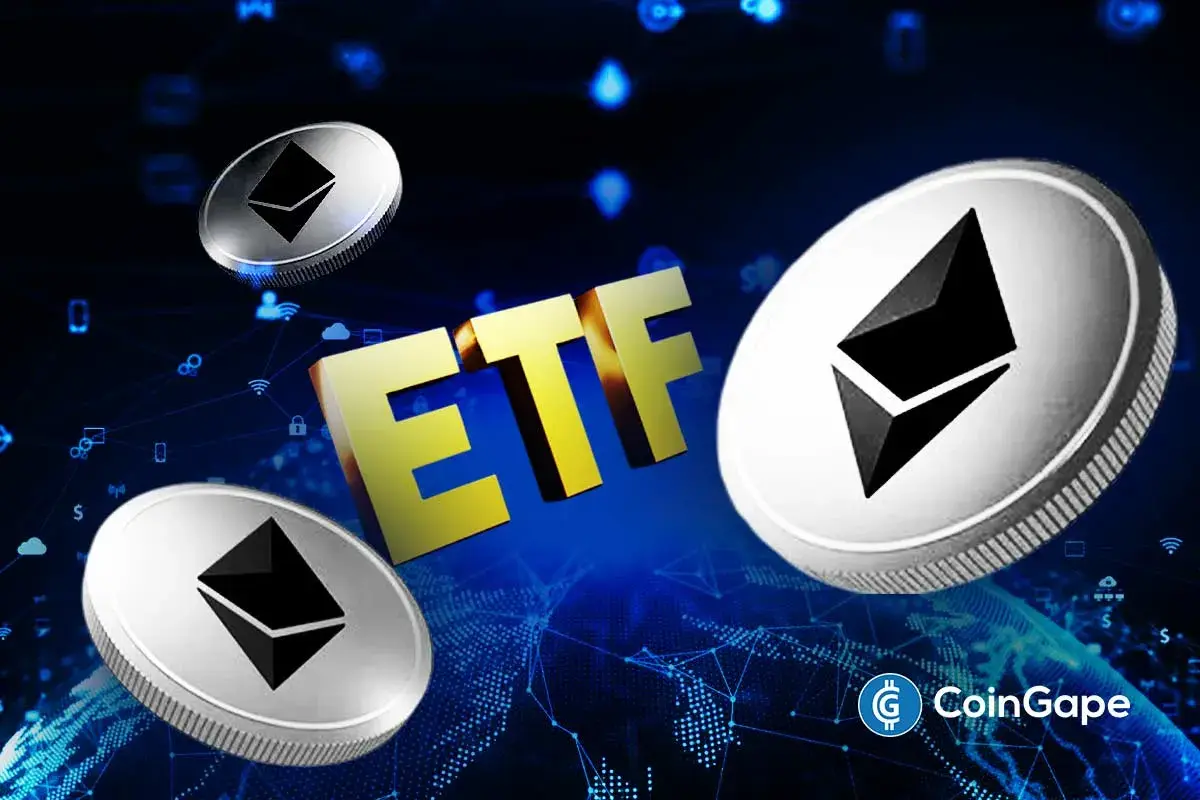US SEC Delays Decision on Staking in Franklin Templeton Ethereum ETF

Highlights
- SEC delays Franklin’s ETH ETF staking decision amid broader review of staking in fund structures.
- Over $800M flowed into ETH ETFs in June 2025, despite no staking approvals yet.
- Grayscale and Bitwise staking ETF proposals also face extended deadlines into July.
The U.S. Securities and Exchange Commission (SEC) has postponed its decision on the staking feature included in Franklin Templeton’s spot Ethereum Exchange-Traded Fund (ETF) proposal.
The application, submitted through the Cboe BZX Exchange, is part of a broader wave of crypto ETF filings currently under regulatory review.
SEC Delays Decision on Franklin Templeton Ethereum ETF Staking
The SEC’s delay in ruling on Franklin Templeton’s Ethereum ETF follows similar decisions regarding other ETF applications involving staking. The review period extension allows the agency more time to assess how staking features fit within the Investment Company Act and existing securities laws.
According to SEC regulations, the commission can extend its reviewing period severally before giving a final response. The original filing made by Franklin did not consider staking but the company was amended to consider it and it created further objection by regulators.
Other funds such as Bitwise, 21Shares and Grayscale also await rulings on similar proposals. The application of Grayscale was first to be decided by June 1 but later upon extension was until July. At the same time, Bitwise was given a 45-day extension on its staking request, which pushed its deadline to July 6.
Ethereum Price Slips Amid Delay
The timing and delay in the decision also led to some short-term volatility in the Ethereum price with traders responding to the new regulatory timeline.
Nonetheless, market commentators have observed that along with delays on staking features, inflows into approved Ethereum ETFs have not been impaired.
In June 2025 alone, over $800 million has been deposited into Ethereum ETFs, which amounts to over 20% of the total inflows since the start. This statistic shows that there is still rising investor interest in Ethereum-based products, despite the lack of staking capabilities.
US SEC Broader Approach to Crypto ETF Regulation
The SEC has so far approved several spot Ethereum ETFs, but none with staking functionality. The current round of reviews appears focused on whether staking constitutes an additional investment strategy or a service that requires separate regulatory treatment.
According to a recent update, the SEC instituted proceedings to review multiple staking-related ETF filings. This process allows for more detailed analysis and potentially the solicitation of public comments, though it may further delay final outcomes.
REX Shares and Osprey, which submitted ETH and SOL staking ETF proposals, also faced delays. The SEC cited the need to review compliance issues around investment company status and fund structure.
An SEC spokesperson did not issue a new timeline for Franklin Templeton’s proposal but confirmed the review remains open.
“The Commission is continuing its evaluation and has not made a final decision at this time,” the statement read.
- Trust Wallet Hack Update: CZ Speaks Out on $7M Loss, Promises Support
- Trust Wallet Hack: Users Hit as Hacker Drains BTC, ETH, BNB
- Binance Founder CZ Reacts as BNB Chain Dominates Ethereum, Solana In This Metric
- Mike Novogratz Credits XRP Army for Token’s Relevance as ETFs Maintain Inflow Streak
- Aave DAO Saga Update: Majority Votes Against Token Alignment Proposal as Voting Nears End
- Bitcoin Price on Edge as $24B Options Expire on Boxing Day — Is $80K About to Crack?
- Crypto Market Rebounds: Are Bulls Positioning for a Santa Rally?
- XRP, Bitcoin, Ethereum Price Predictions Ahead of Jan 2026 CLARITY Act and US Crypto Reserve Plans
- Pi Network Analysis: Pi Coin Price Surges on Christmas Eve, Can It Hit Year-End Highs?
- Why Dec 26th Is A Do Or Die for Bitcoin Price Ahead Of Record Options Expiry?
- Why Bitcoin, Ethereum And XRP Prices Are Down Today? (24 Dec)

 Claim $500
Claim $500
















